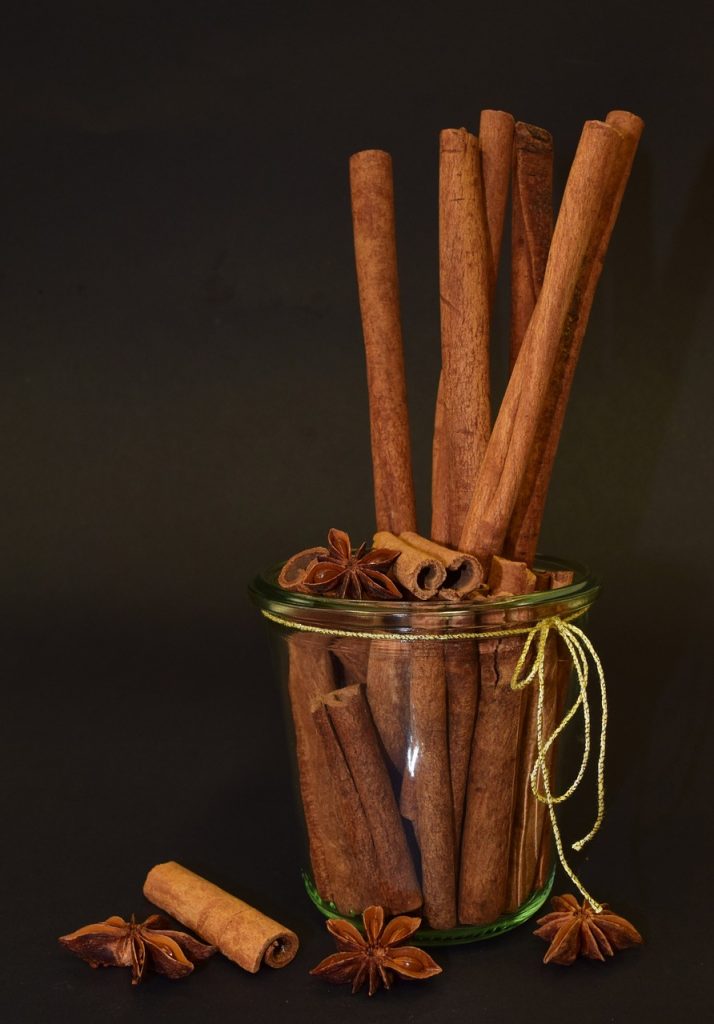A Spice Odyssey

Cinnamon, a fragrant spice that evokes warmth, sweetness, and ancient culinary traditions, has graced kitchens and medicine cabinets for millennia. However, within the world of cinnamon lies a story of mistaken identity – Ceylon cinnamon, also known as Sri Lankan cinnamon, and its imposter, cassia cinnamon. Though visually similar, these spices hold vast differences in their composition and health impacts. This article embarks on a spice odyssey, exploring the unique extraction process of Sri Lankan cinnamon, its health benefits, and how to distinguish it from its less desirable cousin, cassia. We’ll delve into the potential negative health impacts of cassia and why choosing Sri Lankan cinnamon is the smarter, and tastier, choice.
Unveiling the Spice – The Art of Sri Lankan Cinnamon Extraction
Sri Lanka, formerly known as Ceylon, boasts a rich heritage as the world’s leading source of true cinnamon. This prized spice originates from the inner bark of the Cinnamomum zeylanicum tree, a native Sri Lankan evergreen. The extraction process is as meticulous as it is traditional. Skilled workers, often referred to as “peelers,” carefully harvest the bark from mature trees. Thin outer bark is removed, leaving behind the delicate inner bark which is then cut into strips. These strips are layered and rolled inwards, forming the familiar quill-like cinnamon sticks that grace our spice racks. The peeled bark is then dried in the warm Sri Lankan sun, transforming it into a rich, golden-brown color with a papery texture.
A Spice with Substance – Unveiling the Health Benefits of Sri Lankan Cinnamon
Sri Lankan cinnamon’s unique chemistry goes beyond flavor. Compounds like cinnamaldehyde might offer anti-inflammatory benefits and even help regulate blood sugar for those with type 2 diabetes. Research suggests it may also promote heart health by lowering bad cholesterol and blood pressure.
Blood Sugar Regulation
Studies suggest that Sri Lankan cinnamon can improve insulin sensitivity and help regulate blood sugar levels, making it potentially beneficial for individuals with type 2 diabetes.
Anti-inflammatory Properties
Cinnamon contains compounds like cinnamaldehyde, which exhibit anti-inflammatory properties. This can be helpful in managing conditions like arthritis and reducing overall inflammation.
Improved Heart Health
Research indicates that Sri Lankan cinnamon may contribute to lowering LDL (“bad”) cholesterol and improving overall heart health by reducing blood pressure and triglycerides.
Antimicrobial Activity
Cinnamon possesses natural antimicrobial properties that can help combat bacterial and fungal growth.

The Deceptive Doppelganger – Cassia and its Potential Health Concerns
Cassia cinnamon, often masquerading as Sri Lankan cinnamon, is a cheaper and more readily available alternative. However, it’s crucial to understand the key differences and potential health concerns associated with cassia.
- Higher Coumarin Content – The main culprit is coumarin, a compound found in both cinnamon varieties. However, cassia cinnamon contains significantly higher levels of coumarin. Excessive coumarin intake has been linked to liver damage, especially in individuals with pre-existing liver problems or those taking medications that can affect the liver. While the exact safe daily intake of coumarin is still being debated, it’s widely accepted that Sri Lankan cinnamon, with its lower coumarin content, is a safer choice.
- Stronger Flavor – Cassia boasts a more intense, almost pungent flavor compared to the delicate sweetness of Sri Lankan cinnamon. This overpowering nature can mask other flavors in culinary creations.
Identifying the Real Gem – Tips to Spot Sri Lankan Cinnamon
Knowing how to distinguish between Sri Lankan cinnamon and cassia is essential to reap the health benefits and avoid potential issues. Here are some helpful pointers,
- Visual Cues – Sri Lankan cinnamon sticks are thinner and more delicate than cassia, with multiple layers visible when viewed at the broken end. Cassia tends to be thicker and has a single, rolled-up appearance.
- Texture – Sri Lankan cinnamon is more fragile and breaks easily. Cassia is sturdier and requires more force to snap.
- Aroma – Sri Lankan cinnamon boasts a warm, sweet, and almost citrusy aroma. Cassia has a more pungent and spicy scent.
- Taste – Sri Lankan cinnamon offers a subtle sweetness with a hint of warmth. Cassia has a stronger, almost bitter taste
Sri Lankan cinnamon reigns supreme with its unique extraction process, health benefits, and delicate flavor profile. By understanding the differences between Sri Lankan cinnamon and cassia, and adopting simple identification techniques, you can ensure you’re reaping the true rewards of this ancient spice. So, the next time you reach for cinnamon, choose wisely and embrace the authentic taste and health benefits of Sri Lankan cinnamon.
